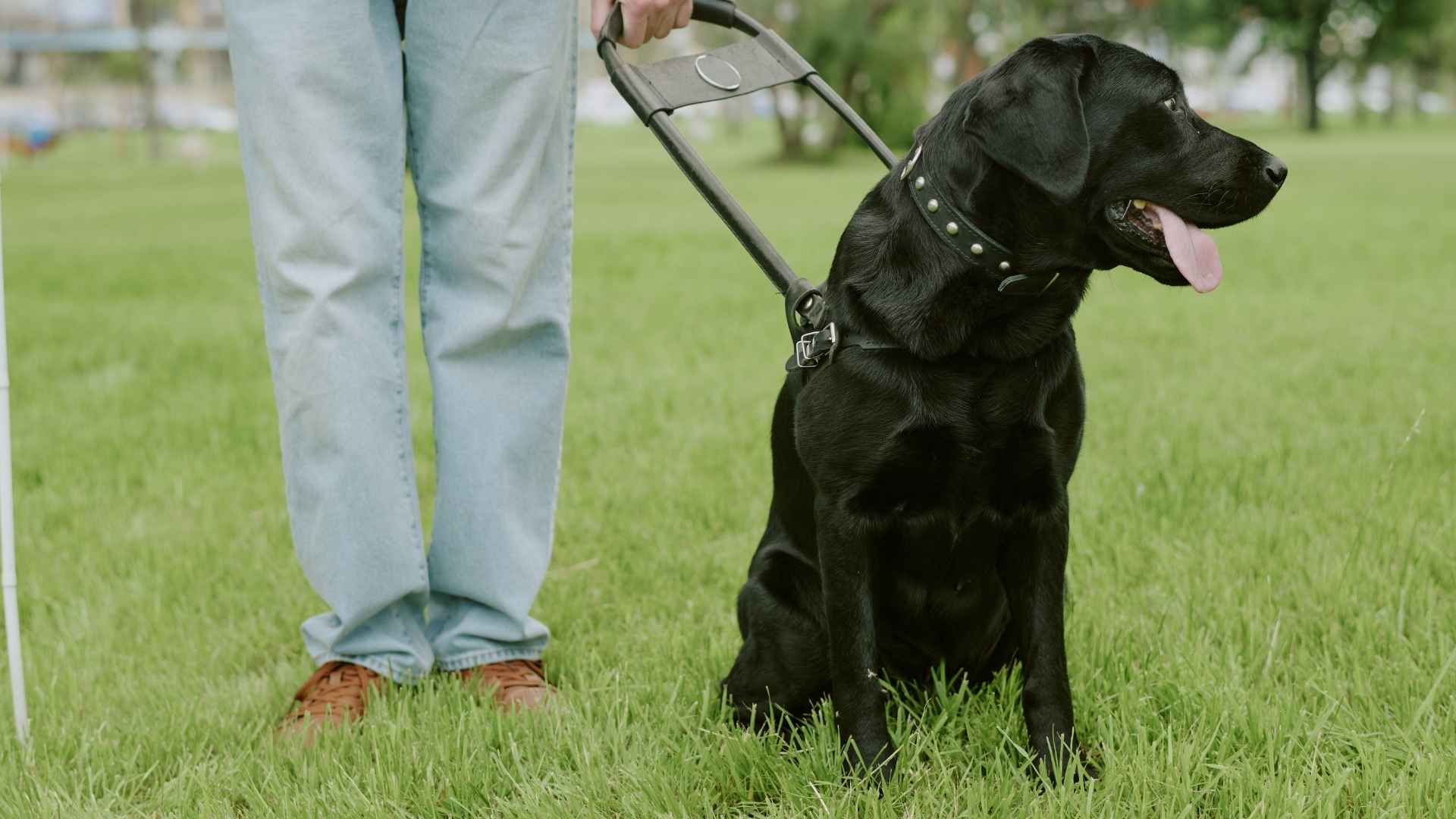For individuals living with epilepsy or seizure disorders, the presence of a seizure-alert dog can be life-changing. These highly trained service animals possess a remarkable ability to detect subtle physiological or behavioral shifts in their handler before a seizure strikes. Although scientists are still unraveling the exact mechanisms behind this ability, it’s widely believed that dogs may sense changes in body scent, body language, or even electromagnetic activity, providing crucial early warnings that give their owners time to seek safety.
Seizure-alert dogs don’t all behave the same way. Some may paw at their owner, bark, whine, or pace as a signal that a seizure is imminent. Their alert gives the individual a chance to lie down, alert someone nearby, or activate a medical device, potentially preventing serious injury. This proactive role sets them apart as one of the most valuable types of service animals.
There’s also another vital companion in this field: the seizure-response dog. These dogs are trained to act after a seizure occurs, fetching medication, activating an alert system, or standing guard beside their handler. Together, these service dogs offer not just assistance, but peace of mind, independence, and often, a new lease on life.
Seizure Alert Dog Breeds
1. Golden Retriever

The Golden Retriever is one of the most trusted and beloved breeds in the world of service animals, and for good reason. Known for their friendly demeanor, intelligence, and unshakable loyalty, Golden Retrievers are deeply attuned to their handler’s needs.
Britannica notes that the Golden Retriever is widely recognized for its friendly personality and desire to make its owner happy, excelling at retrieving on both land and in water. Their gentle temperament and natural empathy make them especially suited for detecting the subtle cues that can precede a seizure.
As active and adaptable dogs, they can perform equally well in calm home environments or more dynamic settings, offering both emotional support and medical responsiveness.
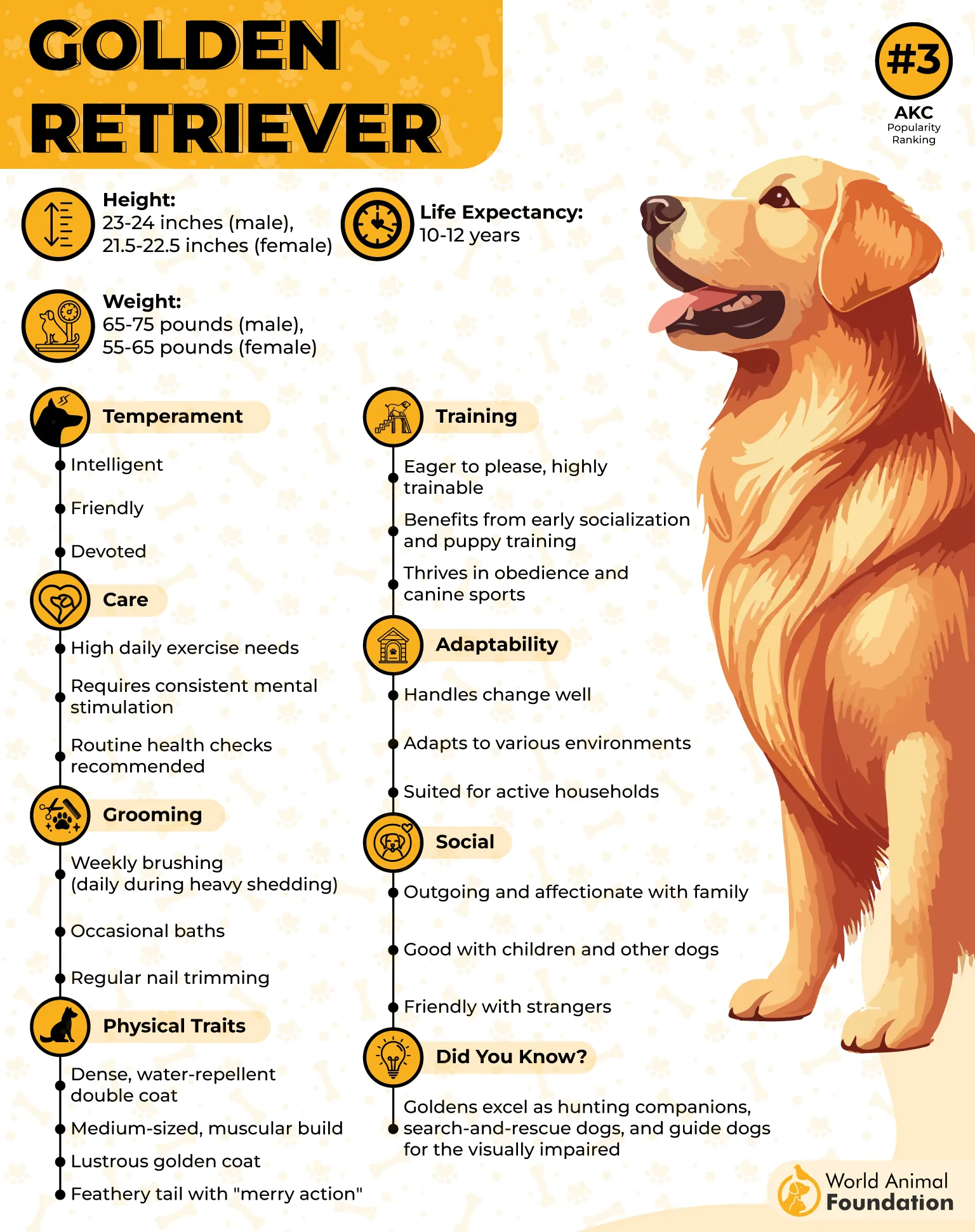
Training
Golden Retrievers are remarkably eager to please, which makes them quick learners and highly trainable. This breed responds well to structured routines, enabling them to master complex alert behaviors, such as pawing, nudging, or vocalizing before a seizure occurs.
They also excel at seizure-response tasks, including retrieving emergency items, activating alert systems, or positioning themselves protectively beside their handler. Their strong work ethic and emotional sensitivity make them a top choice for individuals seeking reliable seizure alert dogs.
Fact: Golden Retrievers were originally bred in 19th-century Scotland as gundogs and water retrievers, and are now among the most popular service dogs in the U.S.
2. Labrador Retriever

Labrador Retrievers are one of the most widely recognized breeds in the service dog community, and their popularity as seizure-alert dogs is no coincidence. PetMD states that the Labrador Retriever ranks among the most beloved and widely chosen dog breeds in the United States.
Known for their affectionate nature, sharp intelligence, and reliable disposition, Labs form strong bonds with their handlers and are quick to sense changes in mood or behavior. Their sturdy, athletic build also enables them to provide physical support during or after a medical event, whether it’s helping steady someone or retrieving essential items.
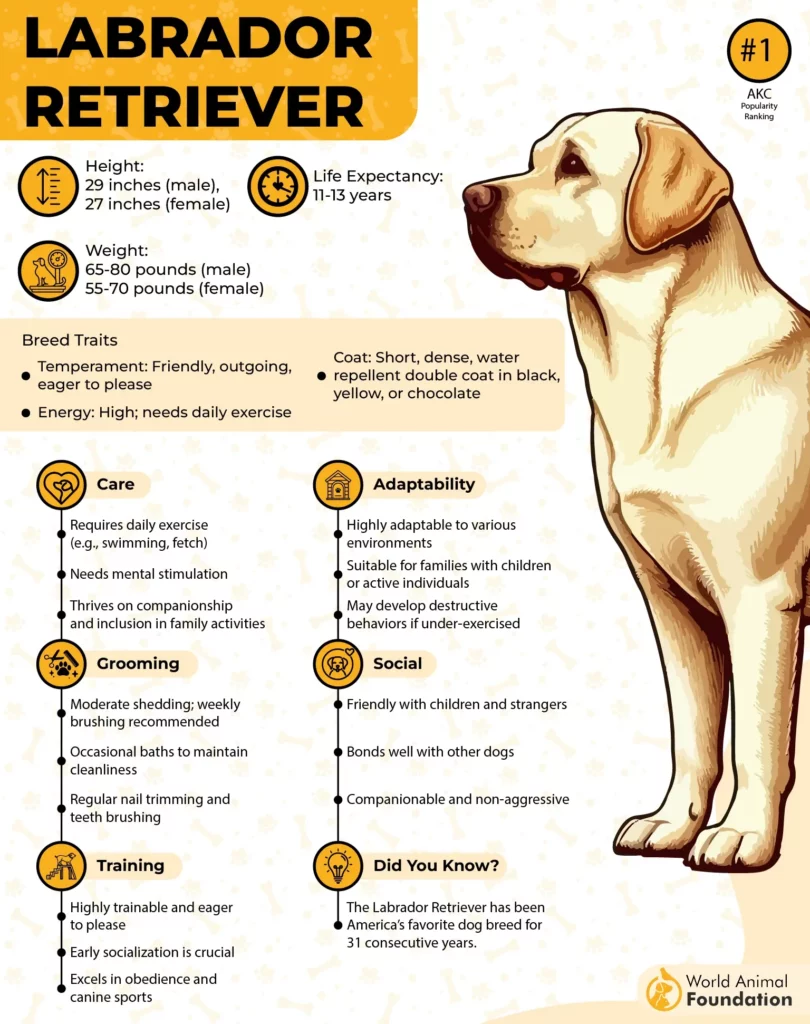
Training
Training a Labrador Retriever for seizure alert work is often a rewarding process due to their eagerness to learn and desire to please. These dogs respond exceptionally well to positive reinforcement.
Their calm temperament allows them to remain focused in public settings, while their sensitivity enables them to detect subtle cues like scent changes or shifts in body language. With proper guidance, Labs can be taught to alert, assist, and provide comfort with unwavering dedication.
Fact: While Labs are known for their sweet temperament, they are also highly energetic and require about an hour of daily exercise to stay physically and mentally balanced.
3. Poodle

Graceful, intelligent, and deeply attuned to their humans, Poodles have long been recognized as one of the most capable breeds in service work. According to the AKC, the Standard Poodle is energetic, confident, and exceptionally intelligent. Their exceptional intuition and emotional sensitivity allow them to notice subtle changes in behavior or scent, traits especially valuable in seizure detection.
Available in Standard, Miniature, and Toy sizes, the Poodle’s adaptability makes them a great fit for a wide range of living situations and lifestyle needs. Their hypoallergenic coats are another bonus, especially for individuals with allergies who require a service dog.
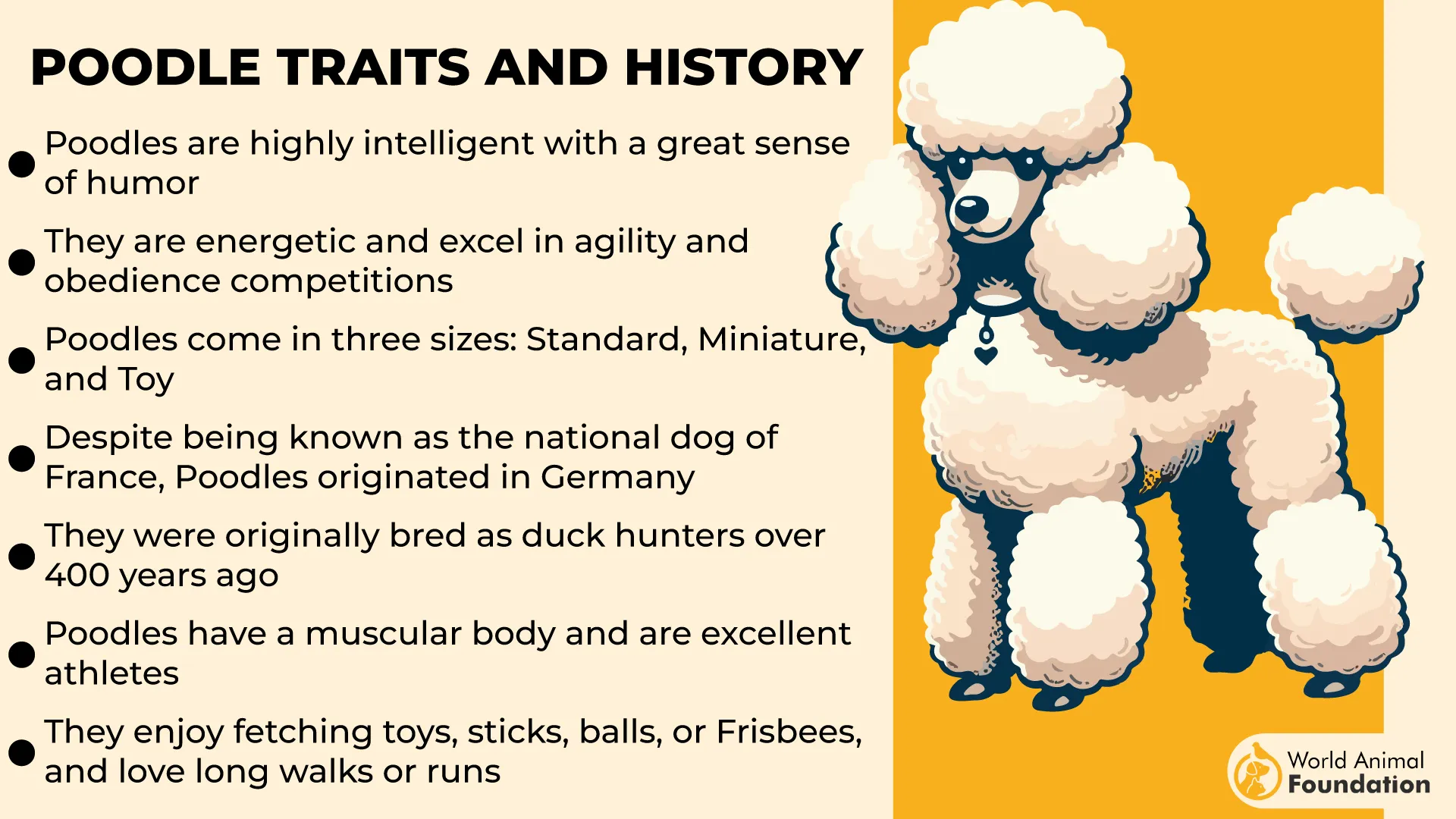
Training
Poodles are quick learners with a natural eagerness to engage and please, making them ideal candidates for seizure alert training. Their intelligence allows them to grasp complex tasks such as alerting to pre-seizure cues, retrieving emergency items, or even activating an alert device.
They respond exceptionally well to consistent routines, and their energetic personalities thrive when mentally stimulated. With the right guidance, Poodles can quickly become reliable and responsive seizure-alert companions.
Fact: Originally bred as water-retrievers, Poodles are now stars in canine sports like agility and obedience, showcasing the sharp minds and physical grace that make them superb service dogs.
4. Border Collie
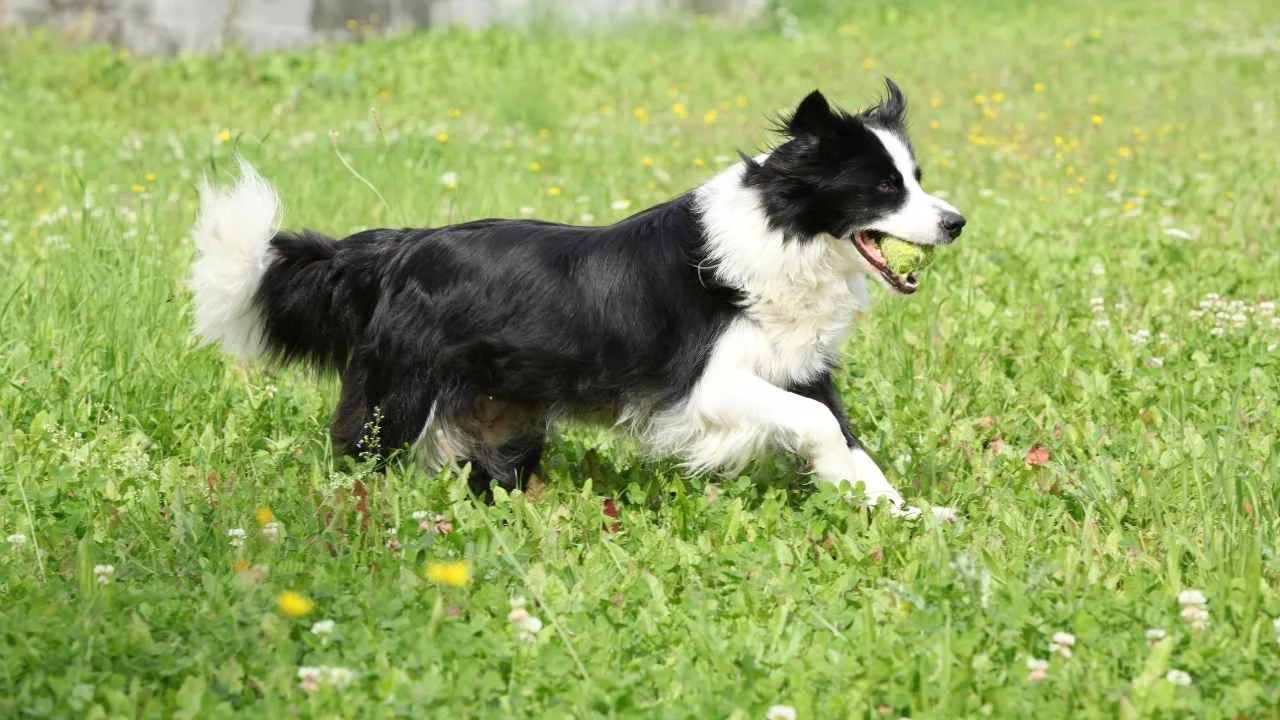
The Border Collie is a powerhouse of instinct, widely recognized for its unmatched focus and stamina. WebMD describes Border Collies as intelligent and obedient herding dogs. They are known for their high energy, athleticism, and sharp minds.
Originally bred for herding livestock, this agile and energetic breed thrives when given a purpose, and few jobs are as meaningful as serving as a seizure alert dog. Their intense gaze, sharp perception, and strong desire to work make them ideal for identifying the minute changes in scent or behavior that may signal an oncoming seizure.
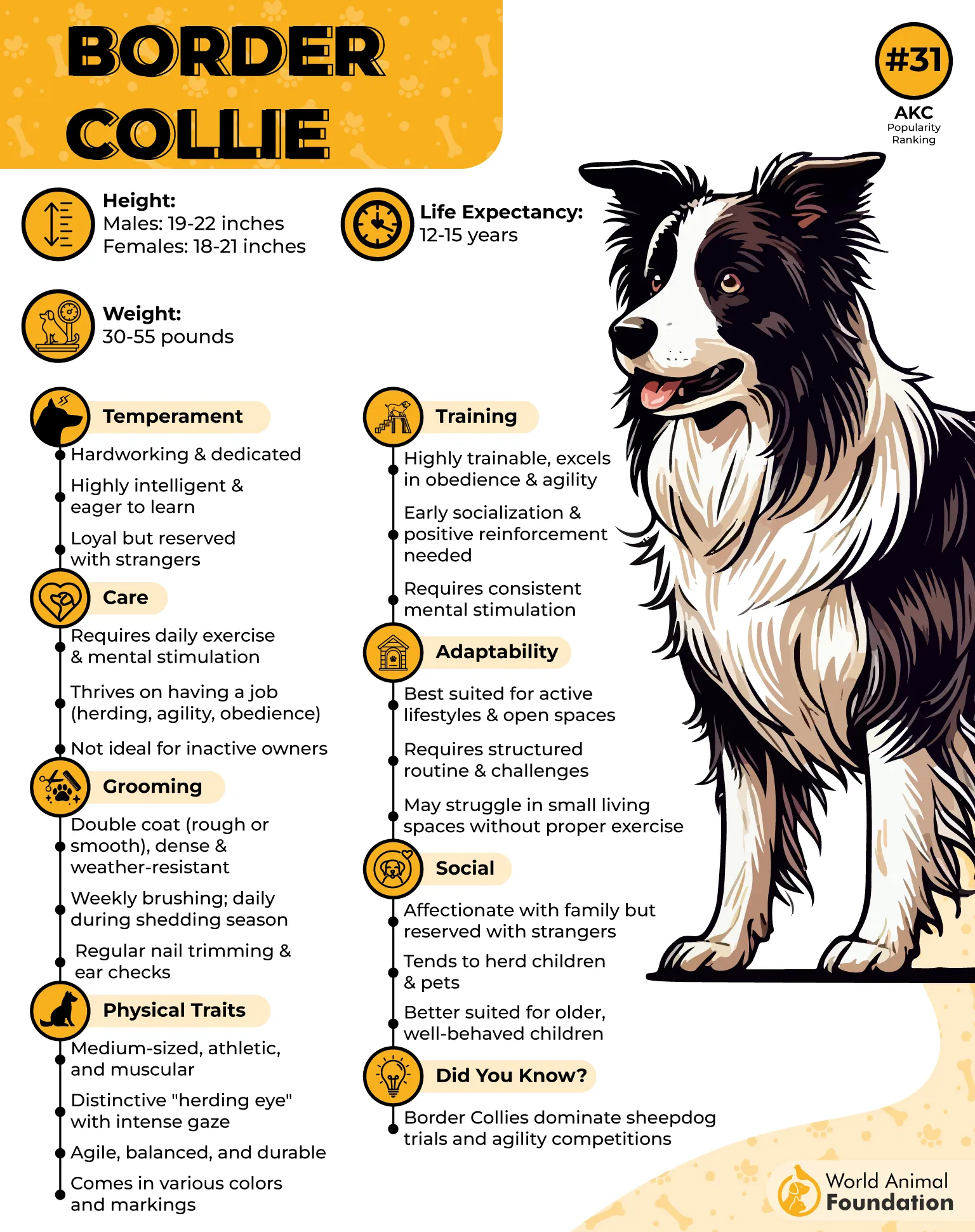
Training
With one of the highest learning capacities among all dog breeds, Border Collies respond exceptionally well to training, particularly when motivated by praise, play, or tasks. Their ability to grasp complex commands and adapt to evolving routines makes them well-suited for seizure detection and response.
Positive reinforcement helps in shaping behaviors like circling or fetching help when a seizure is imminent. Ongoing mental stimulation, including agility work and obedience training, keeps them engaged and at their best.
Fact: A Border Collie once astonished researchers by learning and recognizing over 1,000 words, demonstrating the breed’s exceptional cognitive abilities.
5. Goldendoodle
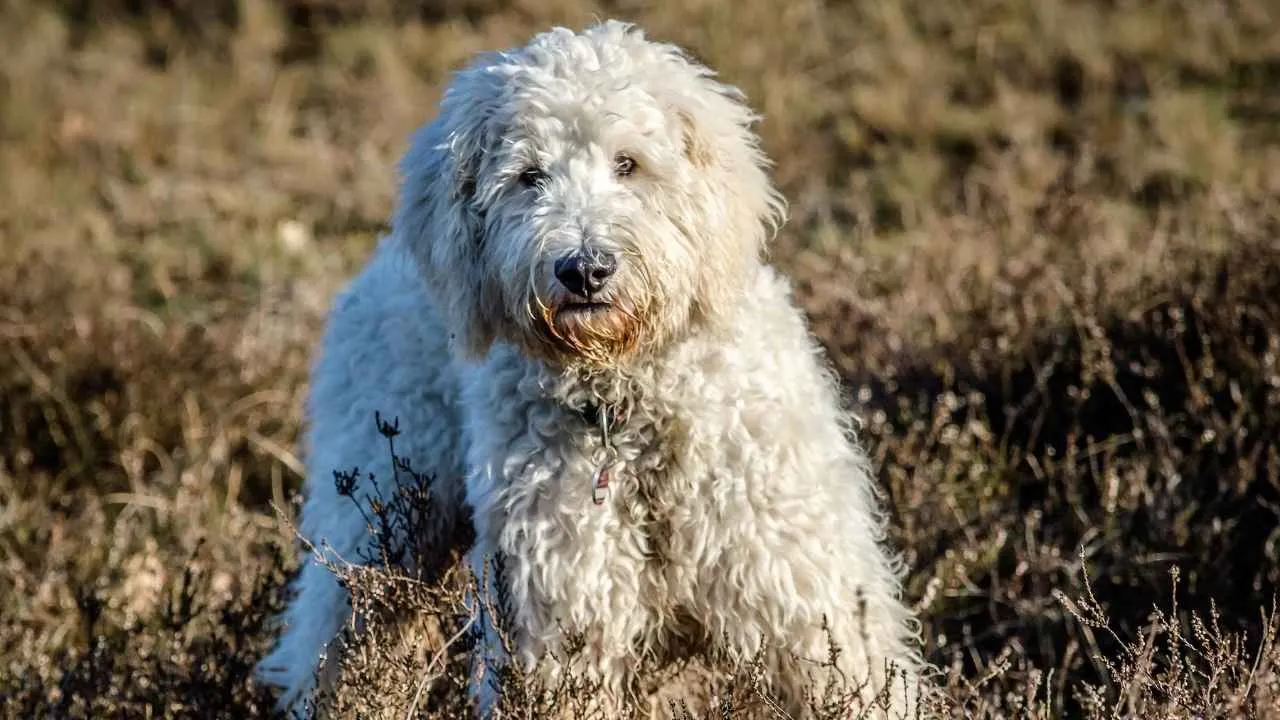
The Goldendoodle, a cross between a Golden Retriever and a Poodle, is an exceptional blend of sensitivity, intelligence, and sociability. Originally bred as a guide dog in the 1960s, this hybrid quickly gained popularity for its hypoallergenic coat, gentle nature, and emotional intuition.
Goldendoodles are known for being affectionate and perceptive companions, capable of sensing subtle changes in their owner’s behavior or scent, which is crucial for seizure detection. Their adaptability and calm disposition also make them ideal for homes with children, other pets, or varied daily routines.
Training
Thanks to their dual heritage, Goldendoodles inherit both the Poodle’s high intelligence and the Golden Retriever’s eagerness to please. These qualities make them highly trainable for seizure alert tasks, such as fetching medication, activating a medical alert system, or signaling their owner before a seizure begins.
Positive reinforcement helps them quickly master complex commands while strengthening their bond with their handler. Their versatility allows both Standard and Miniature Goldendoodles to excel in a range of service roles.
Fact: Goldendoodles were first bred in the late 1960s as guide dogs and are now cherished for their low-shedding coats and gentle, people-oriented personalities.
6. German Shepherd
The German Shepherd is widely recognized for its unmatched versatility as a working dog. Renowned for roles in police, military, and service work, this breed brings together intelligence, bravery, and deep loyalty.
As seizure-alert dogs, German Shepherds are especially effective due to their keen sense of smell and acute awareness of changes in their handler’s physical and emotional state. They can detect chemical imbalances linked to an oncoming seizure and react swiftly to provide a warning or comfort their owner post-episode.
Training
Training a German Shepherd requires consistency, structure, and early socialization. These dogs respond well to reward-based techniques and thrive on having a clear purpose. Their ability to master complex commands, remain focused under pressure, and adapt to varying environments makes them excellent candidates for both seizure-alert and seizure-response roles.
With strong bonds to their families and a deep desire to please, German Shepherds perform best when integrated fully into the household and included in daily routines.

Fact: German Shepherds are among the most commonly used service dogs due to their exceptional scent detection skills, confidence, and unwavering dedication to their humans.
7. English Setter
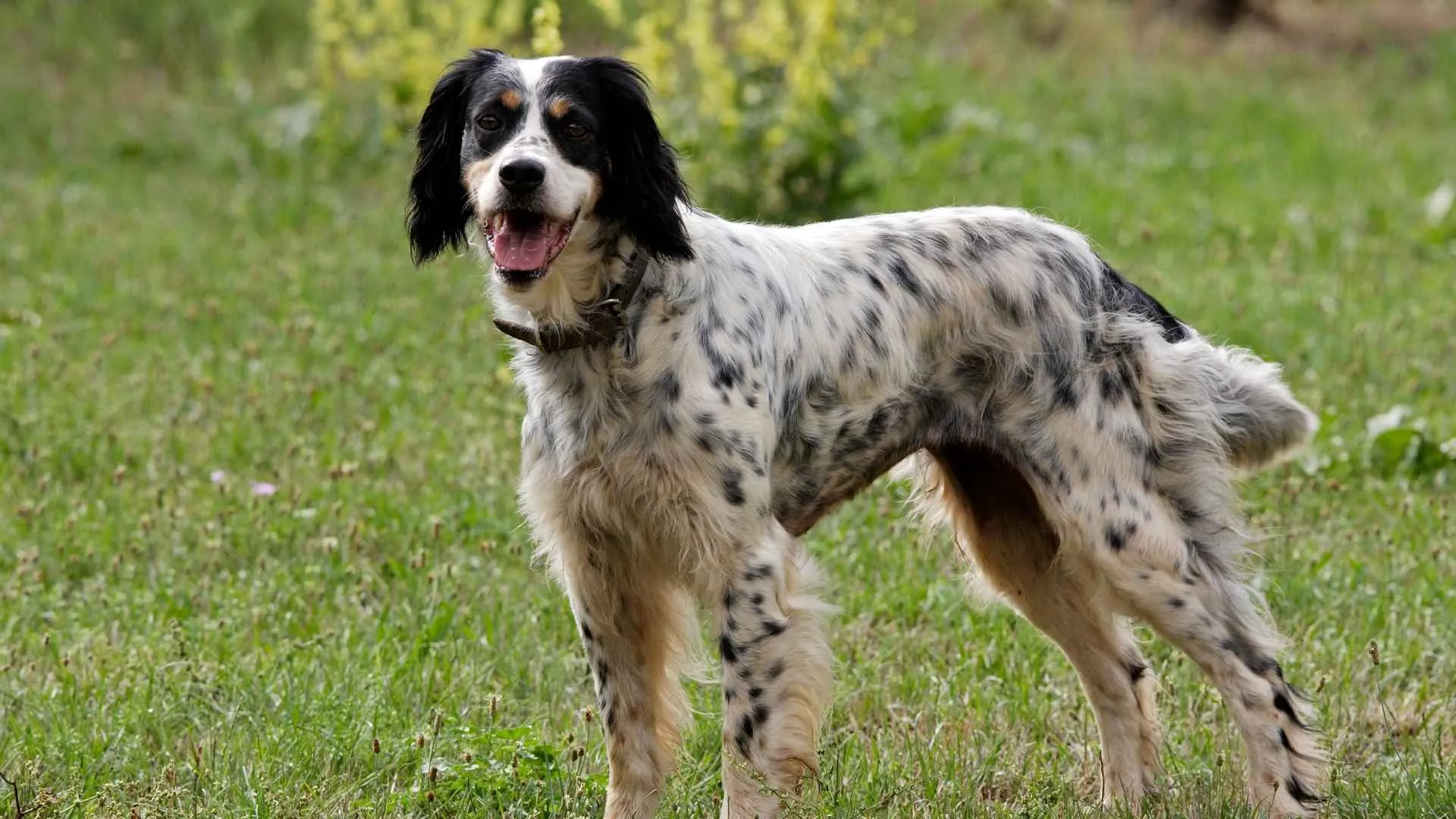
With its calm demeanor and affectionate nature, the English Setter brings both companionship and reliability to the world of service work. This breed is highly social and thrives in close contact with people, making it well-suited for roles that require attentiveness and emotional connection, like seizure alert duties.
English Setters are known for their even temperament, adaptability, and eagerness to please, all of which contribute to their potential as effective medical alert companions. Their gentle yet active disposition also makes them a comfortable fit for households with varying levels of daily activity.
Training
Because of their strong desire to be near their people and their responsive personalities, English Setters take well to consistent, positive training methods. They excel when given clear direction, encouragement, and meaningful tasks.
For seizure alert work, they can be trained to notice subtle behavioral or scent changes and respond with specific signals like pacing or vocalizing. Their naturally intuitive and people-oriented character helps them form strong bonds with their handlers, an essential quality for seizure detection and support.
Fact: English Setters are happiest when included in daily family life and do not adapt well to isolation, making them ideal for close, service-based relationships.
Conclusion
Seizure alert dogs offer more than companionship, they provide life-saving support, emotional stability, and increased independence for those living with seizure disorders. Breeds like the Golden Retriever and English Setter stand out not just for their intelligence and loyalty, but for their sensitivity to human behavior and scent changes that may precede a seizure. Their ability to form deep bonds with their handlers allows them to recognize subtle cues and respond appropriately, whether it’s alerting before a seizure or assisting in its aftermath.
Training plays a vital role in shaping these service animals into reliable companions. Golden Retrievers, with their calm and good temperament, are quick learners when it comes to both alert and response tasks. Similarly, English Setters thrive on human interaction and respond well to positive reinforcement, making them excellent candidates for seizure detection roles. Other breeds also underscore the importance of choosing a dog that is not only intelligent and trainable but also deeply attuned to human emotions.
Through proper training and strong partnerships, seizure alert dogs become invaluable members of their handler’s life, offering safety, support, and a renewed sense of confidence with every step they take together.


